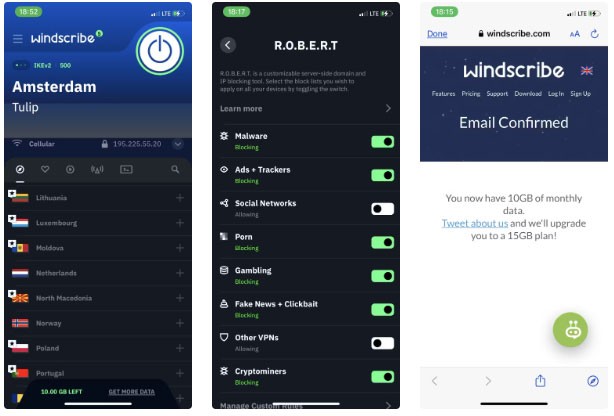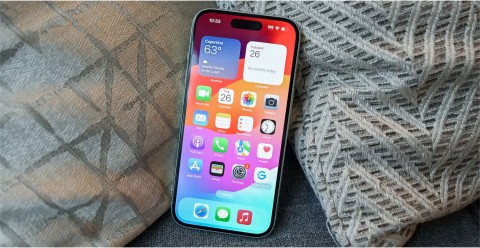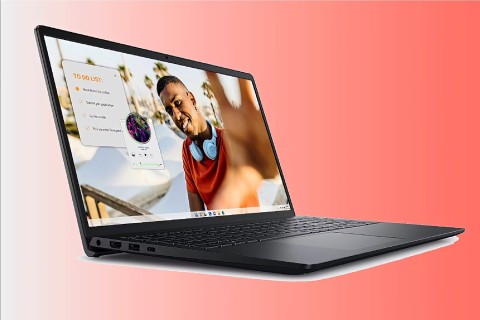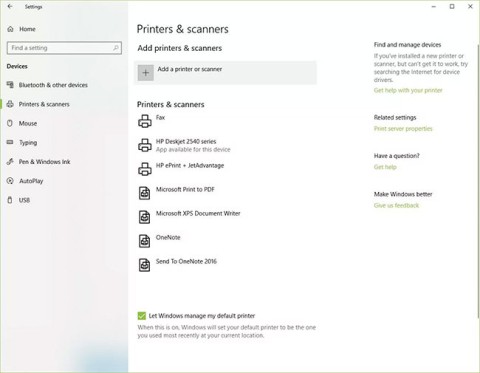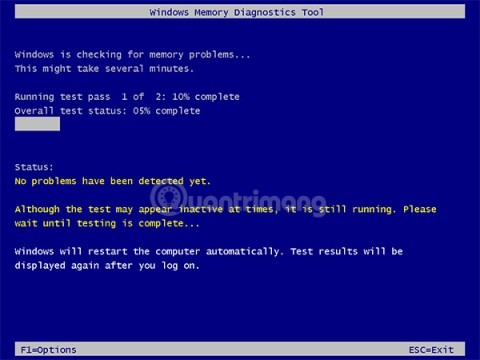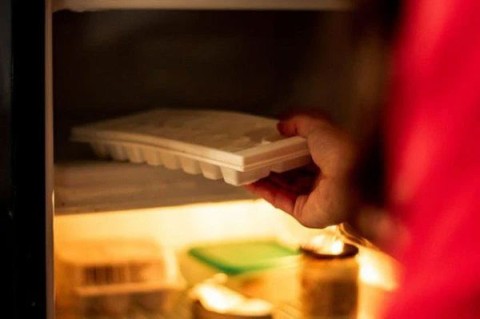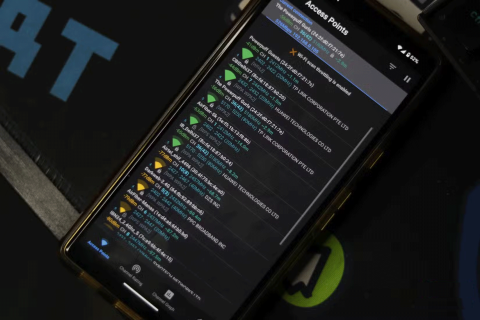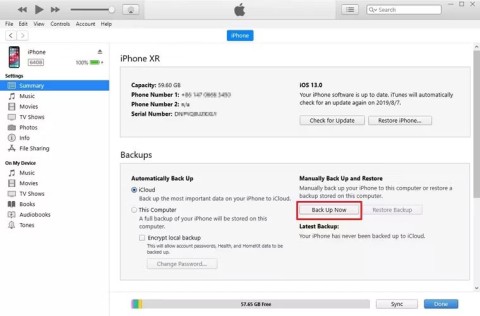Comment récupérer laccès au disque dur, corriger lerreur dimpossibilité douvrir le disque dur
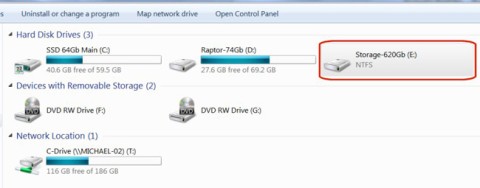
Dans cet article, nous vous expliquerons comment récupérer l'accès à votre disque dur en cas de panne. Suivez-nous !
Your precious old photos won't last forever. If you want to preserve your memories from time, damage, and dust, you need to bring them into the digital age.
1. Use a scanner at home
Scanning old photos at home with a scanner is time-consuming, but it gives you complete control over how you organize, digitize, and archive your photos. Plus, reliving old memories is fun, making it the perfect excuse to spend a few afternoons relaxing.
The best scanners for digitizing photos
There are many different brands of photo scanners, all offering a wide range of prices and features.
If you want to convert your photos into digital copies at home, the best way to scan them is with a flatbed scanner. They are less likely to damage your photos, are compact, and usually only require a regular laptop. A basic option like the Canon CanoScan LiDE 300 is a great way to scan photos up to 8x10 without breaking the bank.
Scan negative film to digitize photos
If you have negatives to work with, you may wonder: Is it better to scan or photograph old photos?

If you can afford it, scan your negatives directly. The Epson Perfection V600 is a great option because it can digitize your negatives as well as your printed photos. The Kodak Scanza is a great portable option if you need a film scanner.
If you're willing to pay a premium and don't have a lot of time to scan photos, some scanners are designed to quickly scan stacks of 4x6 photos at very high quality.
The Epson FastFoto FF-680W is said to be one of the fastest photo scanners available today. It scans batches of 36 prints at a rate of one per second. It's also wireless, so you can save directly to cloud services like Google Drive and Dropbox .
Another convenient and affordable option is the battery-powered Doxie Go SE. It scans your old photos onto an SD card and is about the size of a rolled-up magazine.
To scan photos from prints, use a minimum quality setting of 300 dpi (but consider increasing it to 600 dpi if you plan to enlarge the photo). Even if you're scanning black and white or sepia photos, scanning in color gives you more opportunities to edit your digital photos.
2. Using the app
If you just need a way to scan old photos to quickly digitize them, you may not want to invest in a photo scanner. You can use a dedicated app on your phone to scan instead.
Of course, you can always take a photo with your phone’s camera app. But then you run the risk of introducing shadows, distortions, and glare. A scanning app eliminates these features and guides you through the scanning process. It’s no surprise that one of the best ways to convert old photos to digital is Google’s PhotoScan app.
This free app takes multiple photos of each print to improve quality, remove glare, and correct any distortion. Best of all, it integrates seamlessly with all the great Google Photos tools you already know and love.
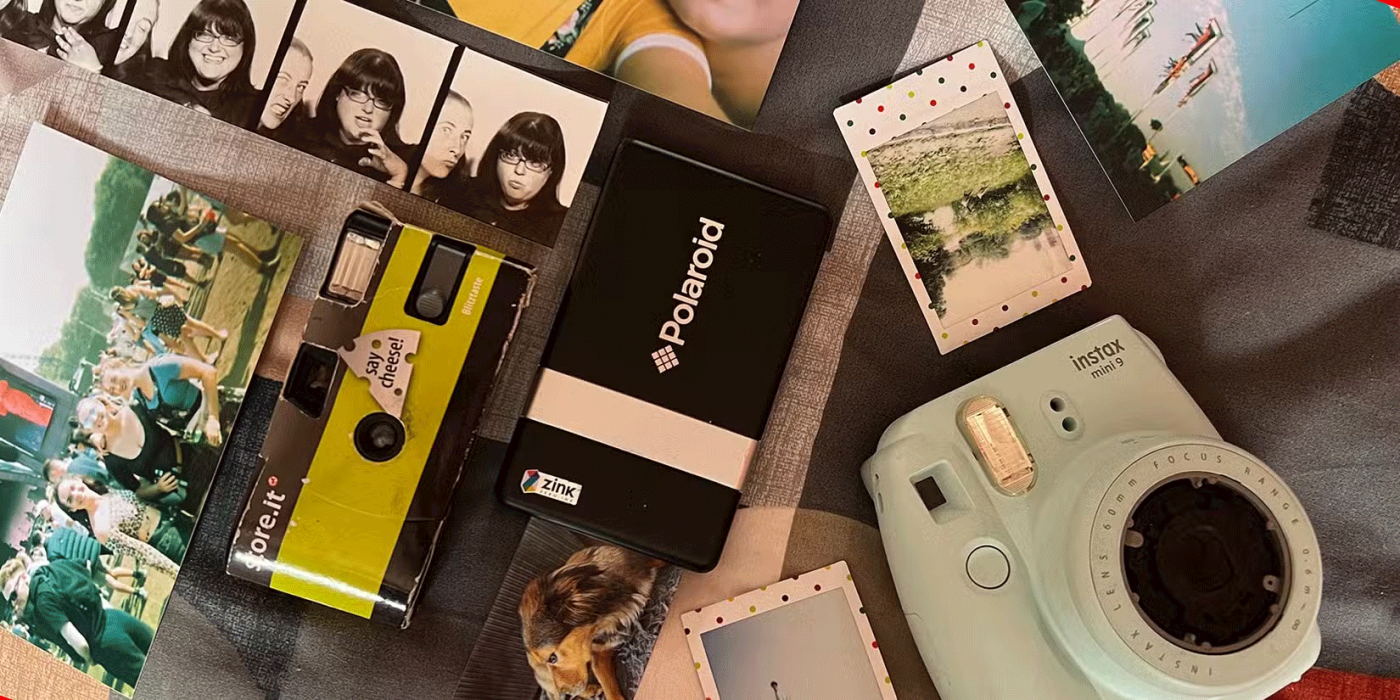
iScanner is a free scanning app available for both iOS and Android, with some minor Pro features added. While the app focuses on documents, you can also scan photos with the app. The app has straightening, cropping, and editing tools to get the perfect shot. Some of the app’s other features include object counters, AI text tools, and document converters.
There are plenty of other alternatives to choose from, too. We recommend Photo Scanner Plus for iOS or iPadOS, which costs $3.99. Or check out Photomyne’s Photo Scan app for Android, which offers a free trial and is also highly rated.
If you don’t have old photos to scan and digitize, there are some great modern ways to get old film photos. Apps can simulate film effects on digital photos to save you the time of scanning photos but still give you all the vintage effects of having old photos to share online.
3. Use photo digitization services
If you don’t want to waste time, a photo digitizing service might be an option for you. However, not everyone is comfortable with this service.
One thing to consider is the privacy of the photos you send. You’ll be sending family photos to a stranger, often trusting them with some of your most precious memories. This stranger will be viewing every photo you send them, so be careful when choosing which photos to scan.
If you're comfortable sharing your images, this might be the best way to digitize a bunch of old photos at once.
When choosing a scanning service for your photos, consider local photo studios. While not all locations offer this service, this option can be more convenient and faster, but it will cost more. It may also be a better option if you only want to scan a few high-quality photos.
No matter how you digitize your photos, it will save space in your home, keep your memories safe, and bring back that feeling of nostalgia that only a long trip down memory lane can bring.
Dans cet article, nous vous expliquerons comment récupérer l'accès à votre disque dur en cas de panne. Suivez-nous !
À première vue, les AirPods ressemblent à n'importe quel autre écouteur sans fil. Mais tout a changé avec la découverte de quelques fonctionnalités peu connues.
Apple a présenté iOS 26 – une mise à jour majeure avec un tout nouveau design en verre dépoli, des expériences plus intelligentes et des améliorations des applications familières.
Craving for snacks but afraid of gaining weight? Dont worry, lets explore together many types of weight loss snacks that are high in fiber, low in calories without making you try to starve yourself.
Rest and recovery are not the same thing. Do you really need rest days when you schedule a workout? Lets find out!
Les étudiants ont besoin d'un ordinateur portable spécifique pour leurs études. Il doit être non seulement suffisamment puissant pour être performant dans la filière choisie, mais aussi suffisamment compact et léger pour être transporté toute la journée.
L'ajout d'une imprimante à Windows 10 est simple, bien que le processus pour les appareils filaires soit différent de celui pour les appareils sans fil.
Comme vous le savez, la RAM est un composant matériel essentiel d'un ordinateur. Elle sert de mémoire pour le traitement des données et détermine la vitesse d'un ordinateur portable ou de bureau. Dans l'article ci-dessous, WebTech360 vous présente quelques méthodes pour détecter les erreurs de RAM à l'aide d'un logiciel sous Windows.
Refrigerators are familiar appliances in families. Refrigerators usually have 2 compartments, the cool compartment is spacious and has a light that automatically turns on every time the user opens it, while the freezer compartment is narrow and has no light.
Wi-Fi networks are affected by many factors beyond routers, bandwidth, and interference, but there are some smart ways to boost your network.
Si vous souhaitez revenir à la version stable d'iOS 16 sur votre téléphone, voici le guide de base pour désinstaller iOS 17 et rétrograder d'iOS 17 à 16.
Le yaourt est un aliment merveilleux. Est-il bon de manger du yaourt tous les jours ? Si vous mangez du yaourt tous les jours, comment votre corps va-t-il changer ? Découvrons-le ensemble !
Cet article présente les types de riz les plus nutritifs et comment maximiser les bienfaits pour la santé du riz que vous choisissez.
Établir un horaire de sommeil et une routine de coucher, changer votre réveil et ajuster votre alimentation sont quelques-unes des mesures qui peuvent vous aider à mieux dormir et à vous réveiller à l’heure le matin.
Get Bathroom Tower Defense Roblox game codes and redeem them for exciting rewards. They will help you upgrade or unlock towers with higher damage.
